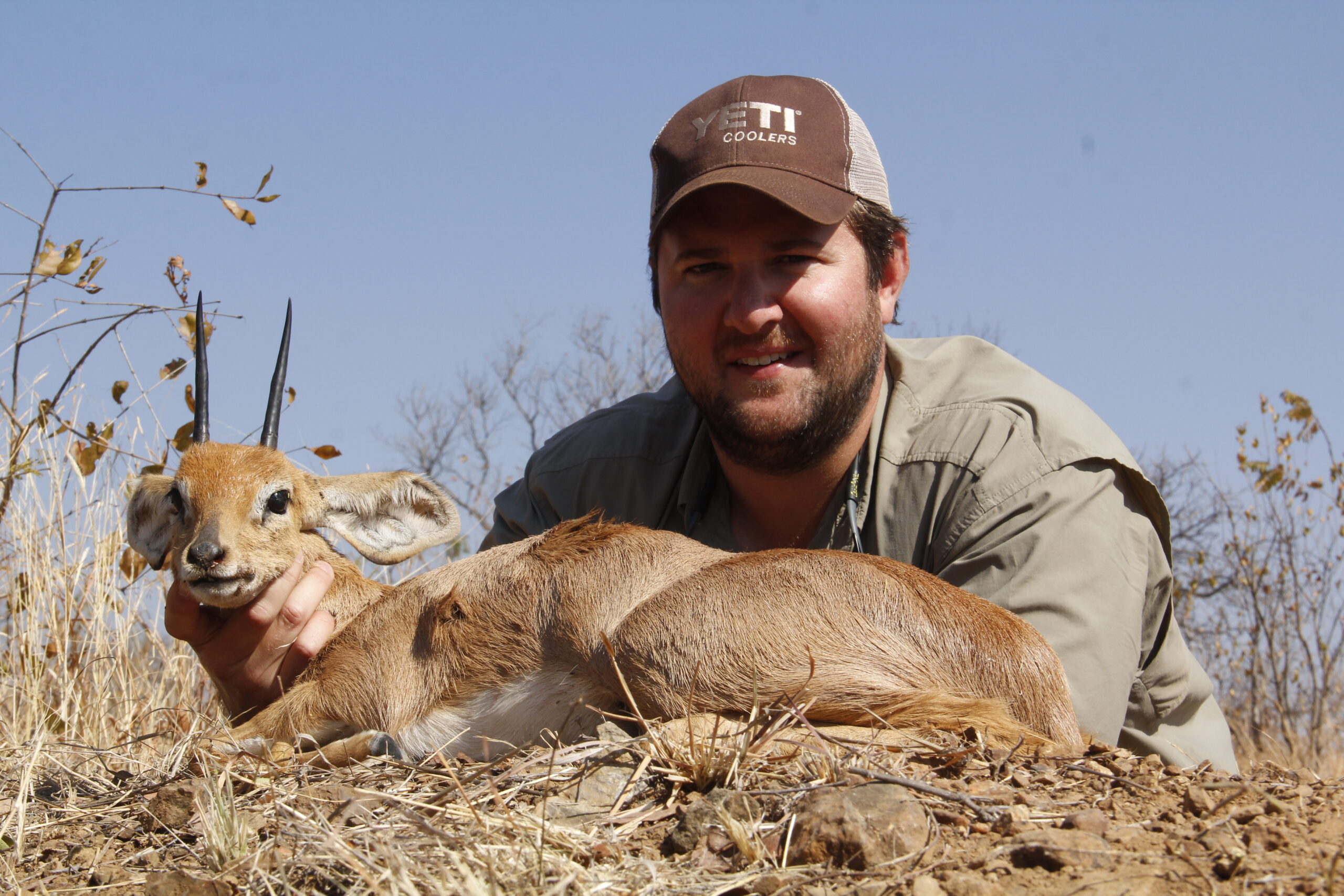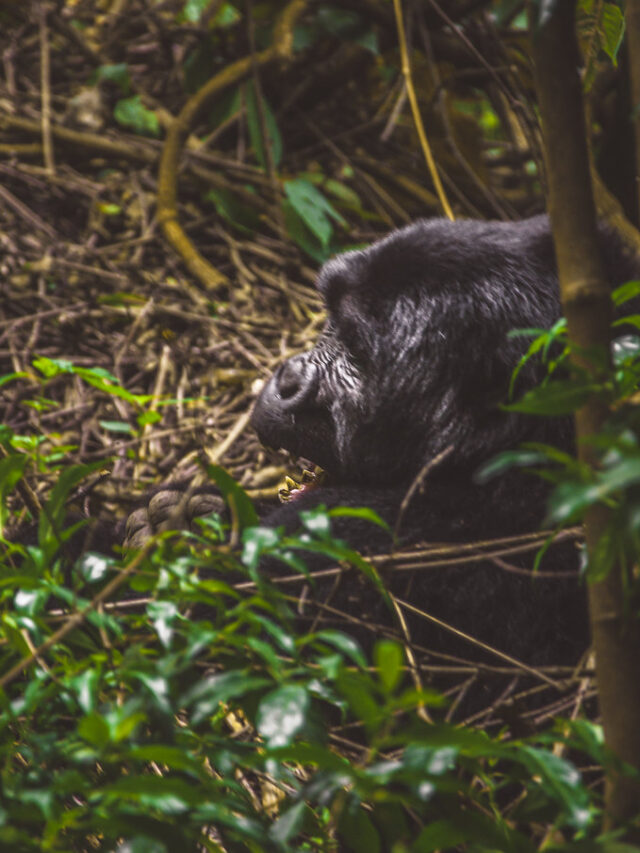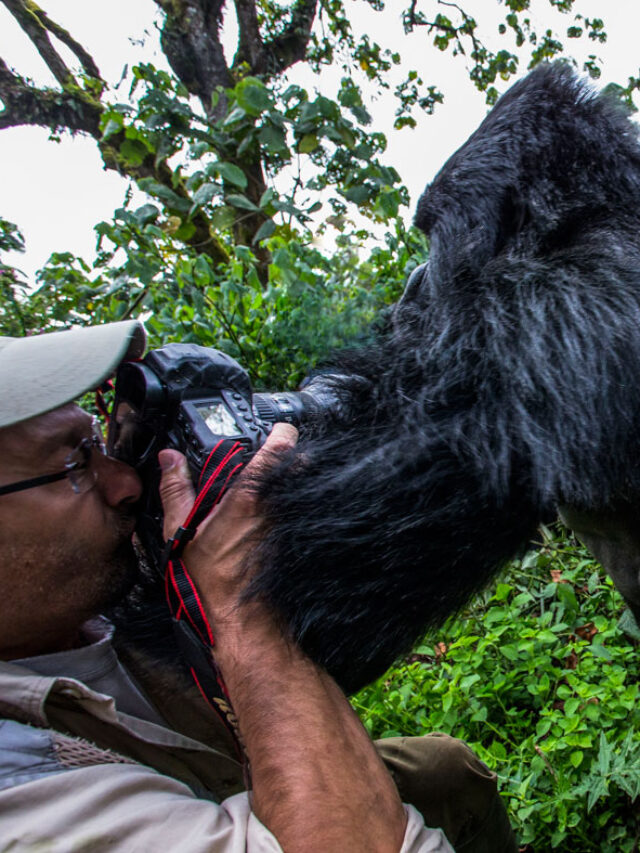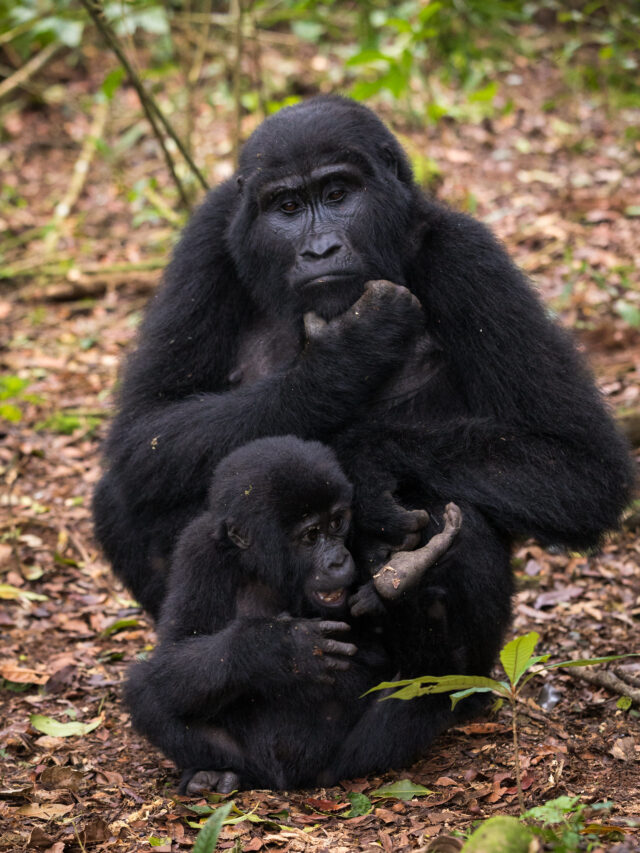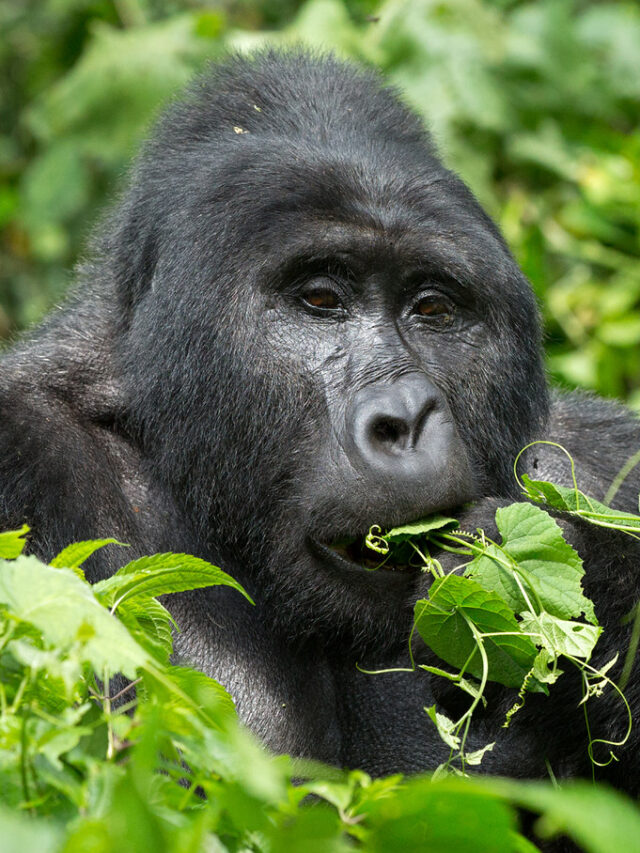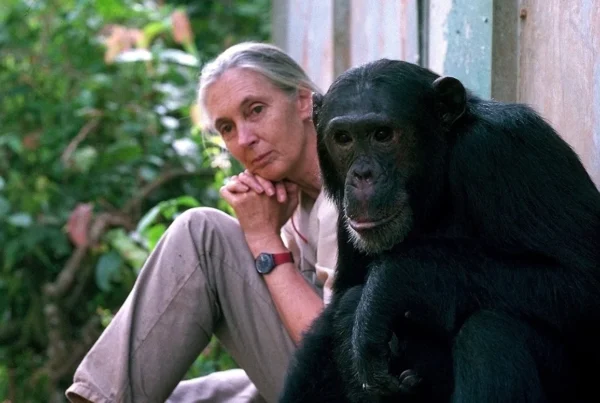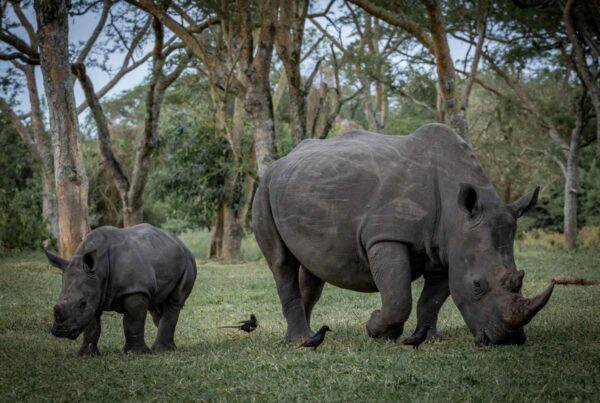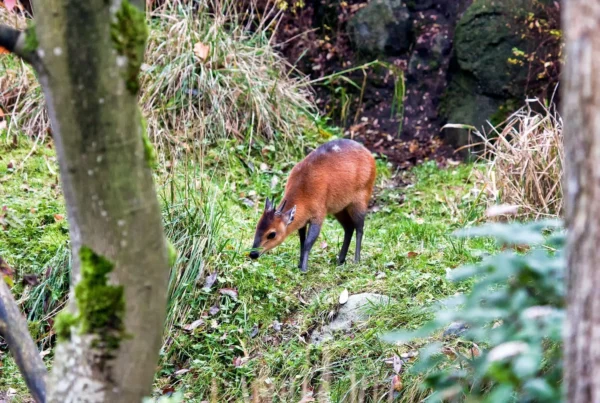Echoes of the Forgotten Hoofbeats: The Steinbuck and Bongo of Karamoja
A Landscape Once Full of Life
Karamoja — Uganda’s northeastern frontier — is often painted with broad strokes of golden grasslands, rugged hills, and thorny acacia savannah. To many, it is a harsh land, shaped by droughts and cattle herders, far removed from the lush forests and rolling green highlands of central and western Uganda. But beneath its dusty trails and under the shadow of Mount Moroto, Karamoja holds stories of lost wildness — of animals that once thrived here but now remain only in memory and rare field records. Among these are two striking antelope species: the steinbuck and the bongo — one a small, nimble browser of open bush, the other a majestic giant of deep forest. Both once wandered this region. Now, they are all but gone.
The Steinbuck: A Ghost of the Open Savannas
The steinbuck (Raphicerus campestris), a small, elegant antelope known for its large ears and slender build, was once a quiet resident of Karamoja’s open shrublands and wooded savannahs. Though shy and solitary by nature, it adapted well to dry landscapes and could often be spotted darting through the underbrush or resting in the shade of scattered trees during the heat of the day. Unlike larger antelopes that need vast ranges, the steinbuck is a territorial and highly adaptable browser, surviving on a diet of leaves, shoots, and fruits — making it well suited to Karamoja’s semi-arid zones.
Historical records from wildlife surveys in the early and mid-20th century noted its presence in Pian Upe Game Reserve, Matheniko-Bokora, and even the outskirts of Kidepo Valley National Park. It was never numerous, but it was present, forming part of the region’s antelope mosaic alongside oribi, reedbuck, lesser kudu, and eland.
However, in recent decades, steinbuck sightings have all but disappeared in Karamoja. What caused this quiet disappearance? Several culprits loom large. First is habitat encroachment — as more land was cleared for agriculture, homesteads, and uncontrolled livestock grazing, the steinbuck’s delicate habitat began to fragment. Second is the increase in bushmeat hunting, where even small species like steinbuck fall victim to indiscriminate snares. And third is simply neglect. In regions like Karamoja, most conservation attention has been focused on larger, more economically valuable species. Without proper monitoring or protection, animals like the steinbuck vanished not in a blaze of tragedy — but in a whisper of forgetfulness.
The Bongo: A Forest Giant in a Dry Land
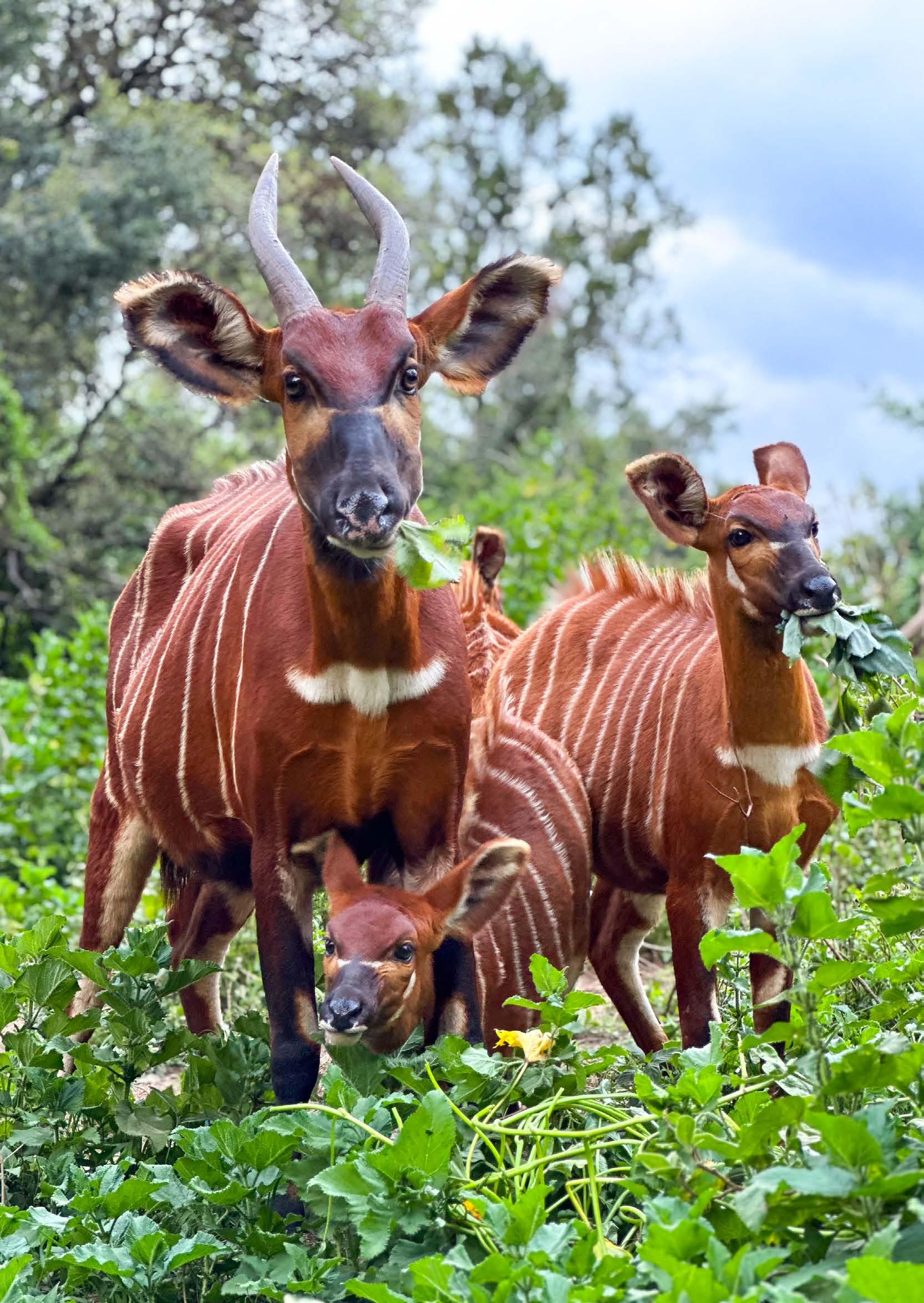 While the steinbuck’s disappearance may seem natural given growing human presence in Karamoja, the bongo (Tragelaphus eurycerus), is a far more enigmatic loss. This massive, chestnut-colored antelope with striking white stripes and majestic spiral horns is a forest specialist, more commonly associated with the deep, humid rainforests of Central and West Africa. And yet — historical records, oral traditions, and early colonial field notes suggest that bongo antelopes once lived in Uganda’s far eastern forested hills, especially within the mountain thickets and riparian woodlands of Mount Moroto and Mount Kadam.
While the steinbuck’s disappearance may seem natural given growing human presence in Karamoja, the bongo (Tragelaphus eurycerus), is a far more enigmatic loss. This massive, chestnut-colored antelope with striking white stripes and majestic spiral horns is a forest specialist, more commonly associated with the deep, humid rainforests of Central and West Africa. And yet — historical records, oral traditions, and early colonial field notes suggest that bongo antelopes once lived in Uganda’s far eastern forested hills, especially within the mountain thickets and riparian woodlands of Mount Moroto and Mount Kadam.
These were not full rainforests like those in Bwindi or the Congo Basin, but rather montane forest fragments nestled between rocky ridges and valleys, rich in water and vegetation, offering suitable microclimates for forest-loving species like the bongo. Such isolated bongo populations have also been recorded in highland forests of Kenya and South Sudan, making the claim of bongo presence in Karamoja both ecologically plausible and historically credible.
But unlike the steinbuck, the bongo’s local extinction was likely more dramatic and swift. These animals are highly sensitive to disturbance. As Karamoja went through decades of conflict, insecurity, and poaching during the 1970s through the early 2000s, the bongo’s remote habitats were infiltrated by armed groups, local poachers, and charcoal producers. With no protection, no surveys, and no voice in conservation planning, the bongo was hunted to oblivion. Today, there is no known surviving population in Uganda, and the species is officially classified as extirpated from the country.
Why Their Disappearance Still Matters
The Steinbuck and Bongo of Karamoja — The extinction of both the steinbuck and the bongo from Karamoja is not just about two missing antelope. It reflects a broader erosion of ecological integrity, one that unfolds slowly over time until the land is no longer what it once was. For the steinbuck, it marks the loss of savannah biodiversity — the disappearance of the small and the subtle in favor of livestock and fences. For the bongo, it’s an erasure of Karamoja’s forgotten forests — a reminder that even in drylands, pockets of rich forest life once flourished.
Their stories also reveal a glaring gap in conservation history. Most Ugandan wildlife protection has historically centered around high-tourism areas like Queen Elizabeth, Murchison Falls, and Bwindi. Regions like Karamoja — remote, underfunded, and historically insecure — have been left behind. As a result, many species have slipped through unnoticed. The loss of these antelopes should act as a wake-up call: that conservation must extend beyond the famous parks and beyond the charismatic megafauna.
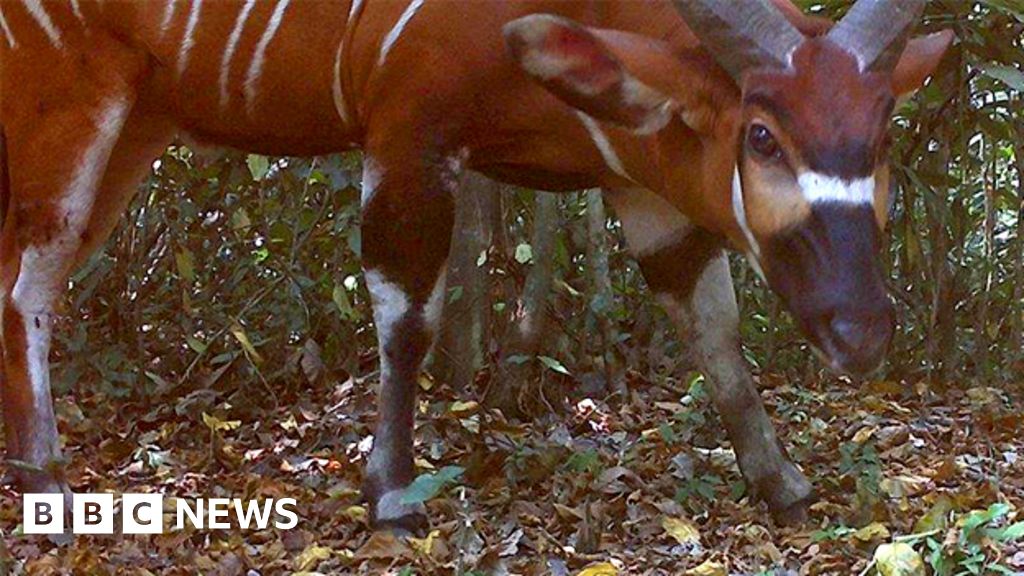
Can They Return?
The idea of restoring either of these species to Karamoja is complex. For the steinbuck, there is potential. This antelope still thrives in neighboring Kenya and other parts of East Africa, and Pian Upe still holds the habitat structure necessary for its survival — if protected from overgrazing and poaching. With ecological surveys, community education, and rewilding programs, the steinbuck could once again roam Karamoja’s plains.
The bongo, however, would be a far greater challenge. There are no known nearby source populations of the Eastern Bongo, the subspecies that once lived here, except a few heavily protected sanctuaries in Kenya such as Mount Kenya Wildlife Conservancy, where the bongo is now considered Critically Endangered. A reintroduction to Uganda would require an enormous investment, habitat restoration in Mount Moroto or Kadam, and regional collaboration. It’s a dream — but not an impossible one.

